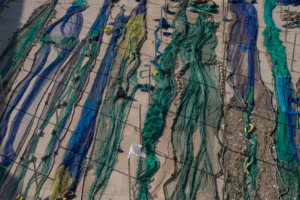
Sunday at the Beach
It is Sunday, the neighbourhood is shining with joy. the
Miquel Escuder i Castellà was one of the most fascinating and unique characters in the history of our neighbourhood, in the 19th century. He was born in Terrassa, in 1835, in the house of a family of mechanical craftsmen of Terrassa.
At the age of fourteen he arrived in Barcelona and began his working life in the workshops of the Maquinista Terrestre y Marítima. But once he learned the trade, his entrepreneurial spirit, which distinguished him, made him move on to other places where he could apply his imagination and ingenuity. Discovering new patents in the fairs that took place all over Europe, he was fascinated by the American sewing machines, the Wheelers, from which he copied, with certain modifications, their operation and machinery. In 1862 he founded the Miquel Escuder factory, a workshop in which, initially, he began to manufacture the famous Aurora sewing machines, which would be the most sold in the whole country, since, as he did not have to pay import duties, he could sell them at cheaper prices. In 1884, “Boletín mensual de la Asociación de Excursiones Catalana” published an article about the visit of its affiliates to Miquel Escuder’s workshops, thus inventing guided tours to show their products. It is located at the end of Maquinista street, on the corner of Dr. Giné and Partagàs streets, and is described as follows: “These workshops are located inside a large building on San Fernando street, 54, on the corner of Santa Agna street. Mr. Escuder’s workshops have two entrances on San Fernando street: one that leads to a large courtyard that divides the building into two buildings, the first one with first floor and two stories, and the second one with first floor only; and another one that communicates directly with the space room, separated from the street by large windows and that corresponds to the first of these buildings…”.
The factory employed more than a dozen workers. Little by little it grew and bought new patents for its manufacture. In 1879, despite a lawsuit from a German company accusing him of plagiarism, he began to manufacture gas engines, and later, dynamos, elevator engines and bicycles, with everyone agreeing that his products were very well made and the workmanship on cast iron was far superior to that of the other products found in the market. His biographers emphasize, among other things, that he was not an inventor, he was a great mechanical constructor with a lot of drive and commercial vision. But Escuder has been linked to the industrial history of the country not only as an inventor, but also for the writing of advertising, especially in the visual propaganda. He was a visionary who had an impact on the people of his time. It is not surprising that he patented slogans such as the following one: “By consuming the country’s goods, there will be no apartments to rent and no factory without work”. He was clever in advertising and selling the Aurora sewing machine, as an economic complement that could make women contribute a little money to the family with their work without having to travel to the factories. We must not forget that he invented the possibility of paying for it in instalments, and that it was sold at very low prices. This was not all, in order to improve sales, he went out during the festivities of La Mercè, in 1872, announcing his products with a large drum, two meters in diameter, on a cart, making a resounding noise. Needless to say, there was a drawing of the Aurora sewing machine in the middle of the drum. In 1881 he designed an illuminated ten-meter-high waterfall, placed in the Antonio López square, which advertised all his products facing the sea. This spectacle had a great impact on the city, which was amazed by his ideas. But the highlight was yet to come. In a small piece of writing in the magazine La Esquella de la Torratxa, in January 1879, we can find the following piece of news: “The sewing machine manufacturers are the top dog when it comes to advertisements. Everybody remembers the cavalcade of the day of Kings during which the Escuder was going to do what nobody had ever done in Barcelona. The thing lasted one afternoon no more. But what an impression! Above all, for the children and for the parents. Thus, Miquel Escuder had not only made the first small industry of sewing machines grow, in Barceloneta, but in his eagerness of promotion perhaps we are in front of the precursor of the kings’ parades of the city of Barcelona. At the end of the 19th century, its industry went into decline and did not survive the competition of multinationals, such as Singer, which entered the country with great strength. In fact, Singer had patented the sewing machine needle and here, our character could no longer do anything. Once the business was transferred to his sons in 1902, the flour factory Anita, better known as “La Farinera”, was built years later in its place. He died in Barcelona in 1908 and we hope that someone will continue to remember the original and visionary entrepreneur that he was.
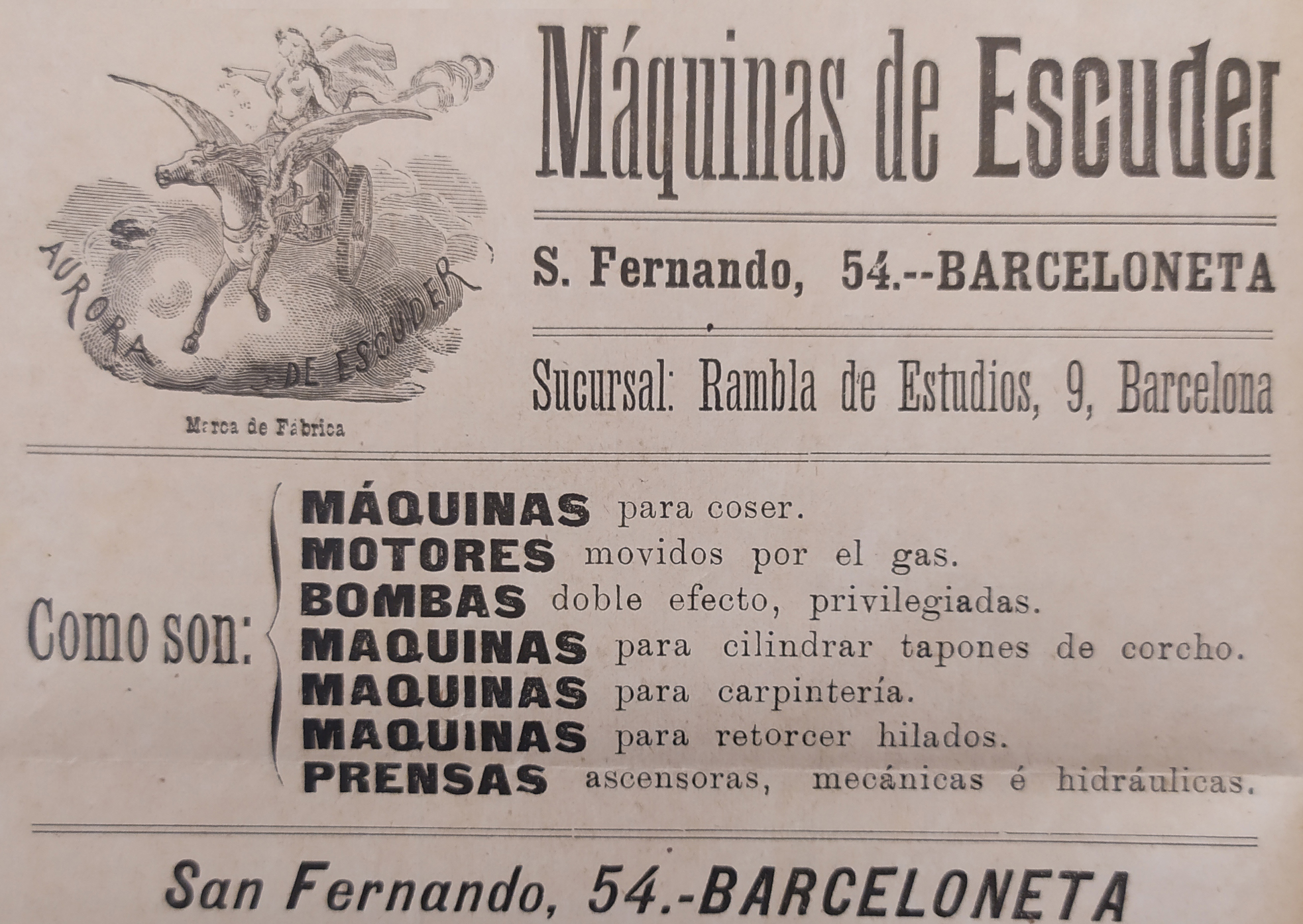
Sewing machines began to be known in Spain in the middle of the 19th century. Initially they were all imported from Europe and especially from the United States. From there came the Singer brand, which quickly took over the market.
They were sold in garment workshops, but also in homes. Here their use was not only domestic. Many mothers worked on commission from home, thus earning an interesting bonus to contribute to the family economy. The Escuder’s Aurora was the first Spanish sewing machine. It was made in 1862 and in order to create it, Miguel Escuder followed the model of the American Wheeler-Wilson.
You may also be interested in

It is Sunday, the neighbourhood is shining with joy. the

From 9 November to 10 February 2024. On the occasion
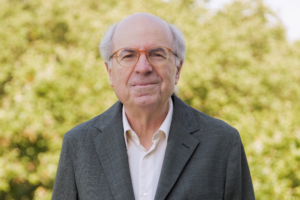
Last September, Jordi Camí, professor of pharmacology at Pompeu Fabra
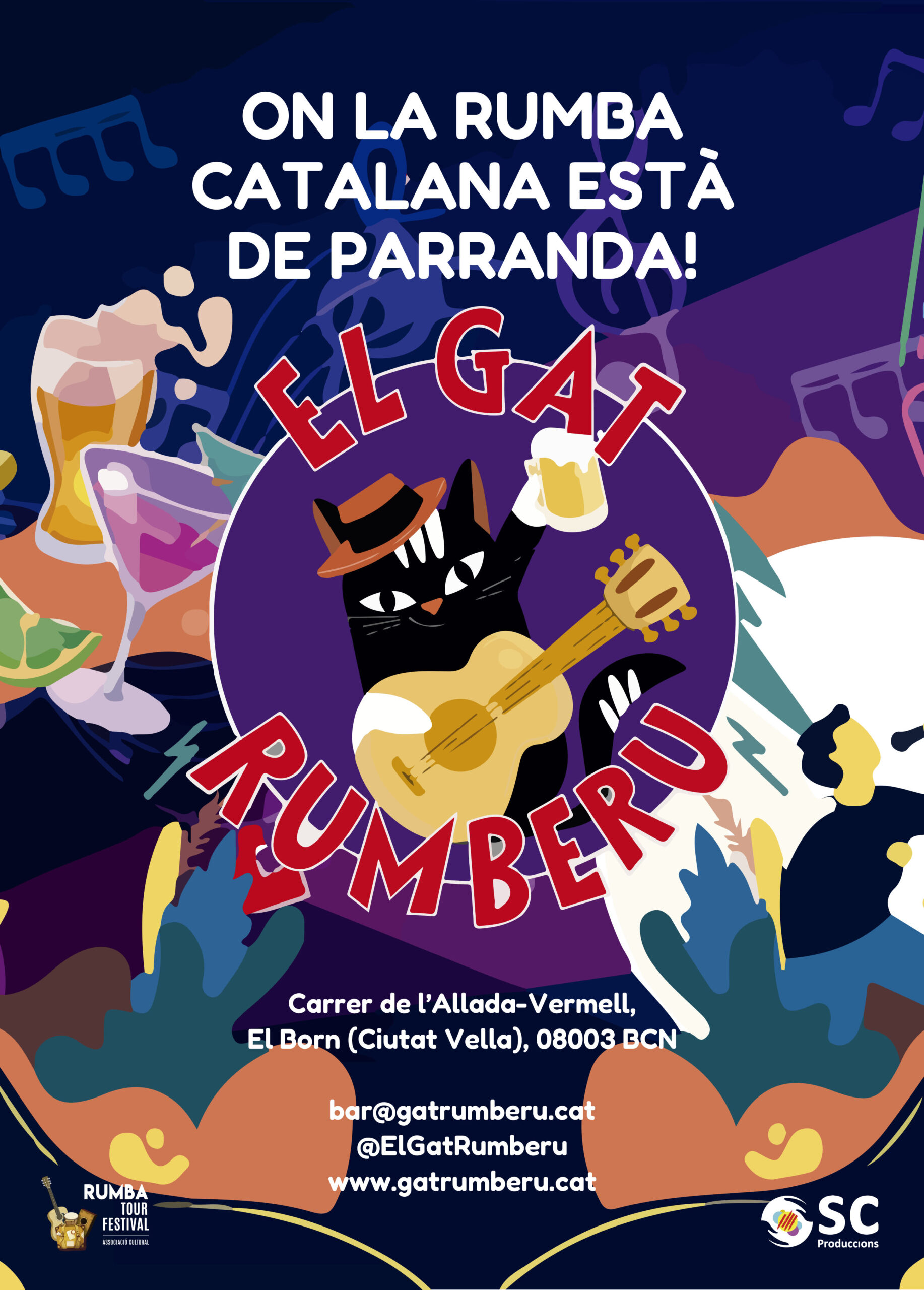

More articles
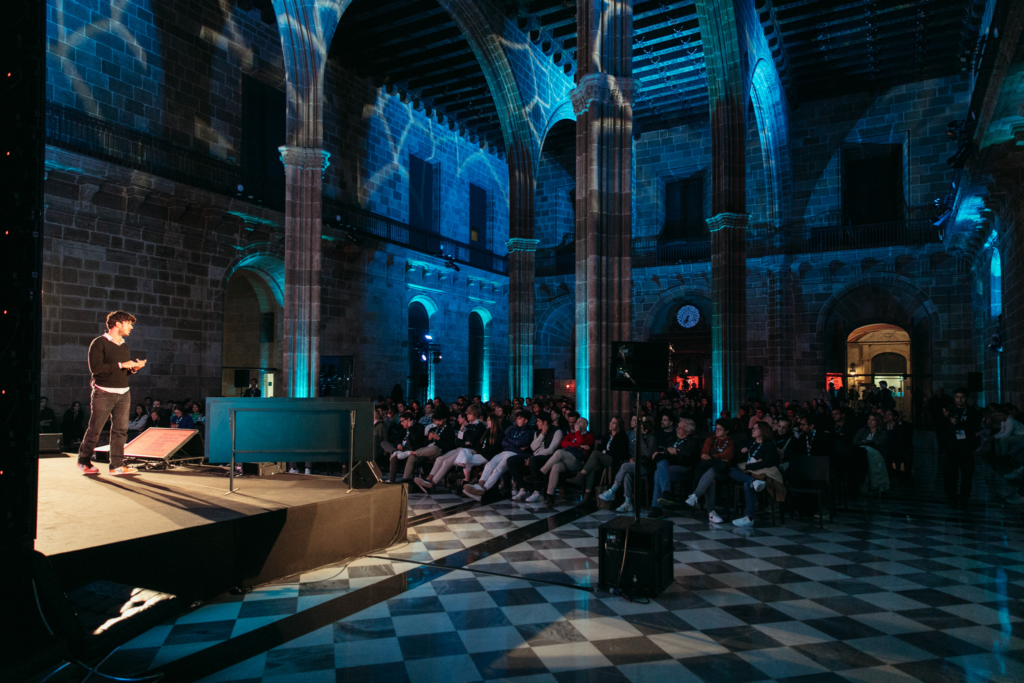
The 4th edition of the benchmark event for the technology community took place on 12
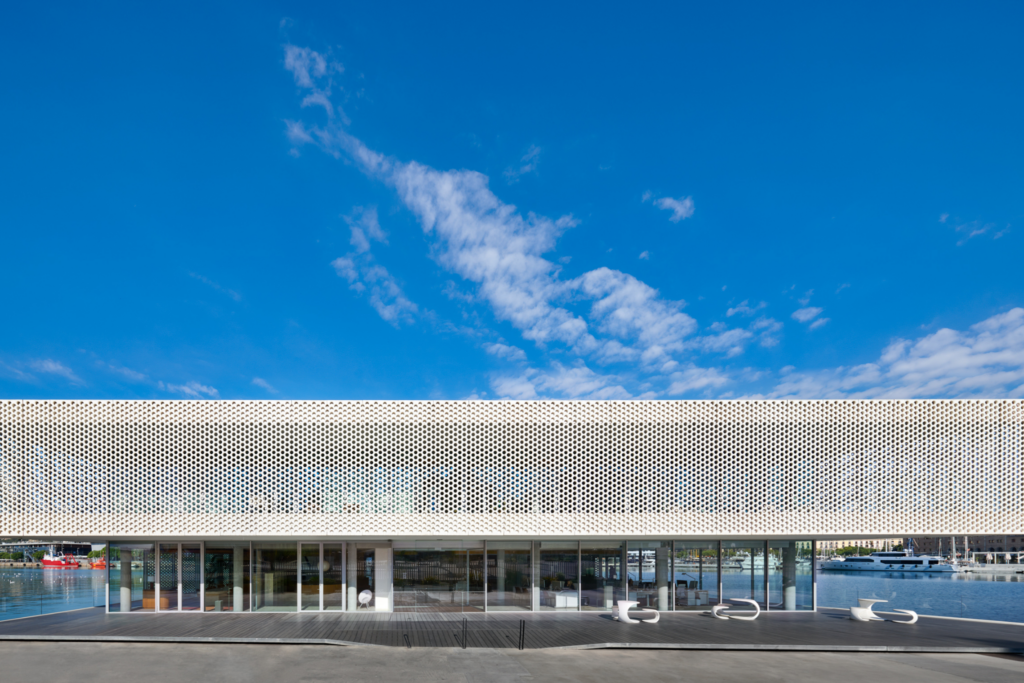
Celebrating Christmas is one of Marina Puerto Viejo’s most cherished traditions. And this year, as
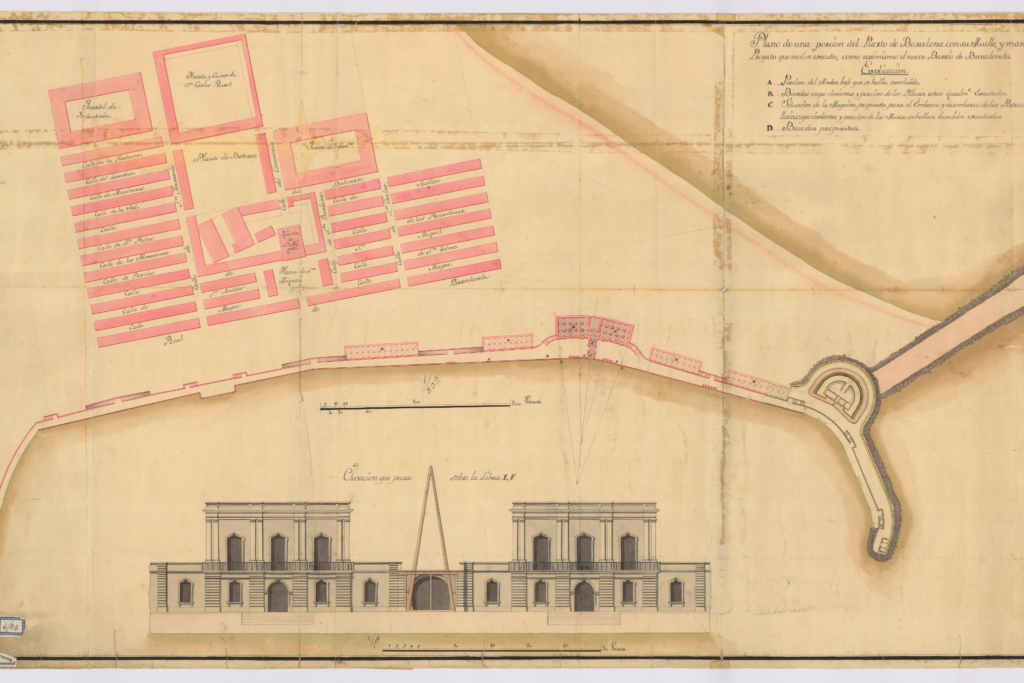
Next to a rubbish bin I’m going to find a very old Gladiator suitcase and
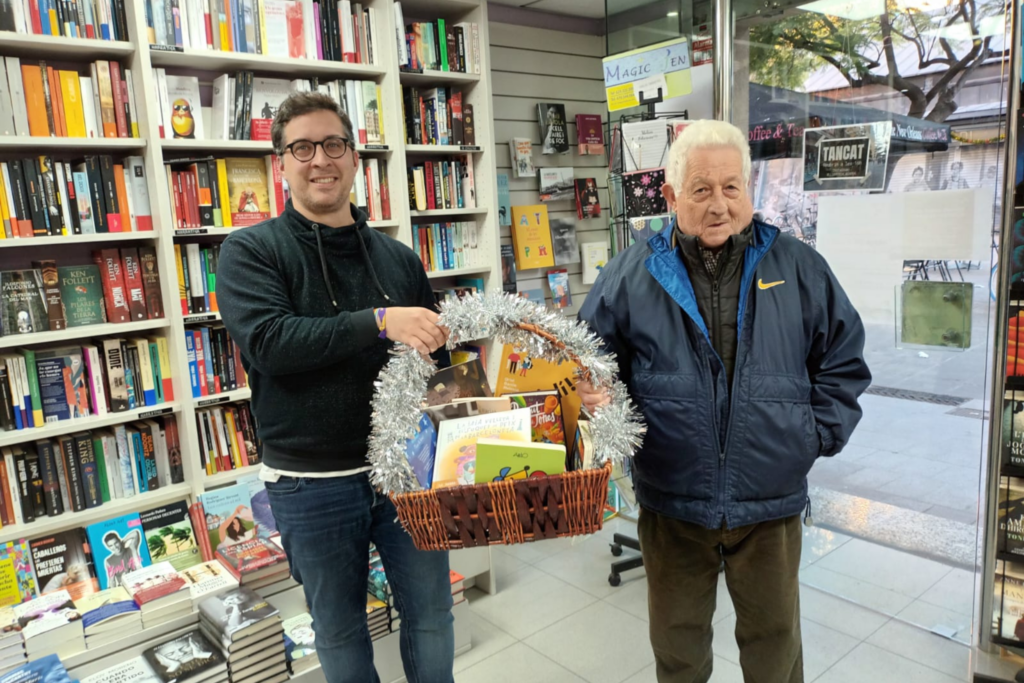
The basket of “La Garba”, raffle on the 5th of January at 12h. Days of
| Cookie | Duration | Description |
|---|---|---|
| _ga | 2 years | The _ga cookie, installed by Google Analytics, calculates visitor, session and campaign data and also keeps track of site usage for the site's analytics report. The cookie stores information anonymously and assigns a randomly generated number to recognize unique visitors. |
| _ga_2DMP7XMBDL | 2 years | This cookie is installed by Google Analytics. |
| Cookie | Duration | Description |
|---|---|---|
| pll_language | 1 year | The pll _language cookie is used by Polylang to remember the language selected by the user when returning to the website, and also to get the language information when not available in another way. |
| Cookie | Duration | Description |
|---|---|---|
| cookielawinfo-checkbox-advertisement | 1 year | Set by the GDPR Cookie Consent plugin, this cookie is used to record the user consent for the cookies in the "Advertisement" category . |
| cookielawinfo-checkbox-analytics | 1 year | Set by the GDPR Cookie Consent plugin, this cookie is used to record the user consent for the cookies in the "Analytics" category . |
| cookielawinfo-checkbox-functional | 1 year | The cookie is set by the GDPR Cookie Consent plugin to record the user consent for the cookies in the category "Functional". |
| cookielawinfo-checkbox-necessary | 1 year | Set by the GDPR Cookie Consent plugin, this cookie is used to record the user consent for the cookies in the "Necessary" category . |
| cookielawinfo-checkbox-others | 1 year | Set by the GDPR Cookie Consent plugin, this cookie is used to store the user consent for cookies in the category "Others". |
| cookielawinfo-checkbox-performance | 1 year | Set by the GDPR Cookie Consent plugin, this cookie is used to store the user consent for cookies in the category "Performance". |
| CookieLawInfoConsent | 1 year | Records the default button state of the corresponding category & the status of CCPA. It works only in coordination with the primary cookie. |
| elementor | never | This cookie is used by the website's WordPress theme. It allows the website owner to implement or change the website's content in real-time. |